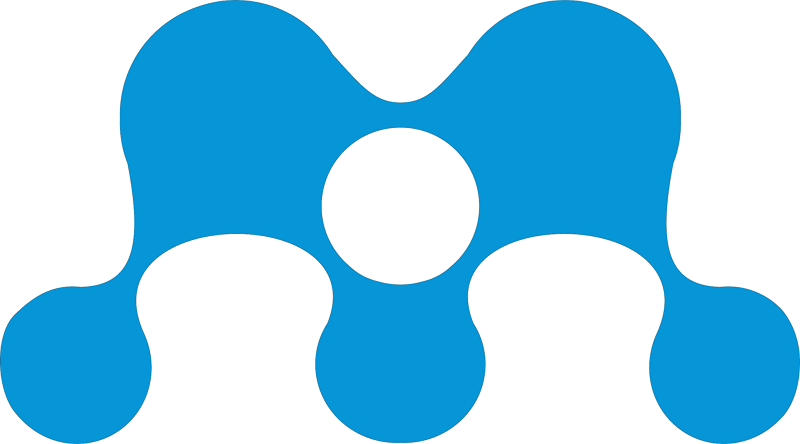Artículo
Inhibition of lymphocyte-induced angiogenesis by free radical scavengers
Fecha de publicación:
09/1994
Editorial:
Elsevier
Revista:
Free Radical Biology and Medicine
ISSN:
0891-5849
Idioma:
Inglés
Volumen:
17
Número:
3
Páginas:
259-266
Subtipo:
Artículo científico
Clasificación temática:
Resumen
Solid tumors induce an angiogenic response by the host blood vessels to form a new vascular network for the supply of fresh nutrients and oxygen responsible for tumor growth. Furthermore, tumor growth and metastatic spread is abrogated or markedly reduced in the absence of neovascularization. Spleen Y lymphocytes from tumor-bearing mice elicit a strong neovascular response. It is well known that certain T cell responses require the presence of active oxygen radicals. Because these metabolites are produced during tumor growth, we studied whether oxygen free radicals play a role in the angionesis induction by lymphocytes. In this study, we demonstrated that the administration of a free radical scavenger (EGb-761) to tumor-bearing mice, blocked the angiogenic response and decrease the lung metastatic incidence. On the other hand, when normal lymphocytes were incubated with the xanthine-xanthine oxidase system (X-XO), a known superoxide anion generator, this elicited a dose-response positive angiogenic reaction in normal recipient mice. No angiogenic response was observed in the absence of X-XO, or when EGb-761 or superoxide dismutase (SOD) plus catalase (CAT) were added to the incubation medium. These results suggest that free radicals are involved in some step of the angiogenic process, and that the EGb-761 treatments block this response due to the free radical scavenging activity of this compound.
Archivos asociados
Licencia
Identificadores
Colecciones
Recursos continuos (Eugenia Sacerdote)
Recursos continuos (Eugenia Sacerdote)
Recursos continuos (Eugenia Sacerdote)
Citación
Monte, Martin; Davel, Lilia E.; Sacerdote de Lustig, Eugenia; Inhibition of lymphocyte-induced angiogenesis by free radical scavengers; Elsevier; Free Radical Biology and Medicine; 17; 3; 9-1994; 259-266
Compartir
Altmétricas




